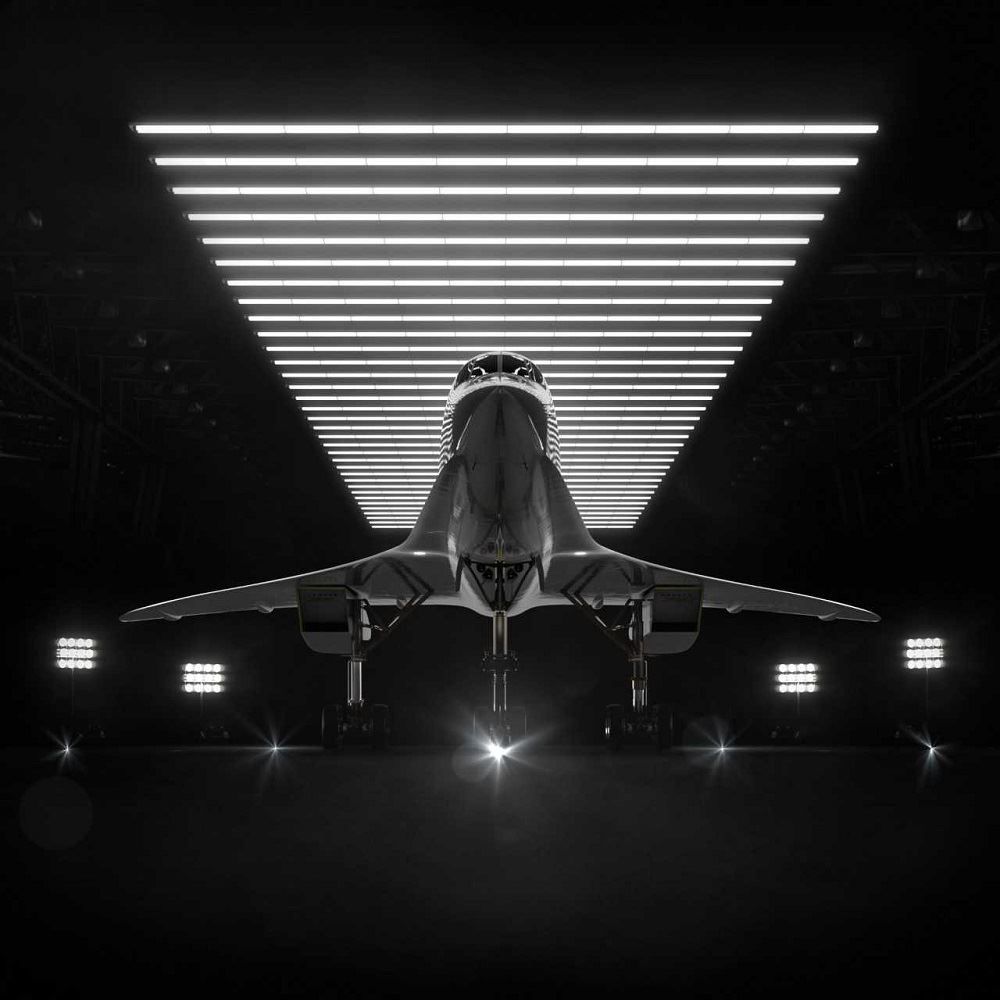![Boom's upcoming supersonic commerical aircraft [Image: Boom Supersonic]](https://fabbaloo.com/wp-content/uploads/2020/05/image-asset_img_5eb0933c75517.jpg)
A conversation with Stratasys’ VP of Manufacturing Solutions provides greater insights into today’s realities of 3D printing in the aerospace industry.
Each time we speak with Scott Sevcik, we gain a bit more insight into Stratasys’ applications and strategic approaches, and this conversation was no different. We focused specifically on the transformative use of 3D printing in aerospace, especially with regard to Stratasys’ work in developing its Aircraft Interiors Certification.
Stratasys has been working with high-flying partners including Boom Supersonic and Marshall Aerospace and Defense (ADG) to further its certified 3D printing solutions.
Booming With Boom Supersonic
A seven-year contract extension was announced last month as Stratasys and Boom Supersonic deepened their existing relationship to bring certified 3D printed parts into the development of a supersonic airliner.
Boom has ambitions to develop and commercialize the first supersonic aircraft seen in decades, building upon the work of its predecessor in the Concorde, built to 21st century specifications and expectations. These include 3D printing — a lot of 3D printing.
The work between these two companies is predicated upon initial prototyping work, Sevcik noted, that created a strong foundation to move forward.
While it isn’t the most glamorous application, prototyping was so foundational to today’s 3D printing industry that many who have been working with the tech for a few decades still refer to additive manufacturing as “rapid prototyping.” The benefits to speeding up the prototyping process cannot be understated, even as we see increasing amounts of end-use production taking place.
At Boom Supersonic, Sevcik “can see a different use of 3D printing at every desk, from simple assemblies to complex control systems; the range of tools they quickly adapted 3D printing for is incredible.”
“What they’re doing is very challenging and they’re doing it very quickly,” he continued. “They’re building the first supersonic vehicle in decades. In order to do that, one of their guiding tenets has been relying on proven technologies to reduce risks; they need reliability and standards before considering additive manufacturing for parts. Even before starting our relationship with Boom we’d been focusing on that aspect with FDM, with the same ideals Boom articulates with needing that proven capability. You have to absolutely trust the technology.”
Trusting the Technology
![Composite part tool created and used by Boom, printed on Stratasys 3D printer [Image: Stratasys]](https://fabbaloo.com/wp-content/uploads/2020/05/boom_new11_img_5eb0933d0315e.jpg)
Work with entities like America Makes and NIAR (the National Institute for Aviation Research) has helped Stratasys demonstrate “just how high-performance FDM can be” and helped them develop “an entry point for standards,” Sevcik added.
Boom had already worked with Stratasys’ FDM technology for two years before signing the seven-year extension agreement.
In that time, the aerospace company “allowed them to accept that they’ve got a technology with FDM to trust they can repeatably get good parts that can go on a vehicle,” Sevcik said.
So on to (at least) seven more years of working with FDM 3D printing. This is an important time for Boom Supersonic, which has already 3D printed “hundreds of parts for their XB-1 test vehicle with more further out in design for future vehicles.”
In aerospace, trust is paramount.
That trust trickles down: cargo or, more importantly, passengers and pilots need to make it safely and as planned to their destinations. For humans to board, they need to trust the aircraft. For an aircraft to be released, its manufacturer need to trust the manufacturing. Trust comes down to each component.
Tooling and Prototyping
“Boom is a great microcosm for the industry more broadly. Luckily, with the agreement we have with them, we’re able to talk more freely about that,” Sevcik said. “Aerospace, especially on the defense side, has been 3D printing tools, and especially prototyping, for over a decade.
Starting with applications that “don’t get a lot of attention” — prototyping and tooling — Boom Supersonic is indeed proving out some of the most accessible uses for 3D printing.
These less-glamorous aspects of building a Mach-2.2 aircraft are nonetheless critical for that rather-more-glamorous final product.
“Tooling adoption has been significant in aerospace; watching Boom pick it up over two years has been great. And 3D printing prototypes is of course ubiquitous in this industry,” Sevcik added.
None of these developments have happened overnight — but have still been picked up faster than traditional technologies.
At the time of the contract extension, Mike Jagemann, Head of XB-1 Production at Boom, said:
“During the first three years of our partnership, we 3D printed more than 200 parts for tooling, prototypes and test benches using Stratasys’ F370 and Fortus 450mc 3D printers, and have saved hundreds of hours of work time, enabling rapid iteration of design cycles.
We’ll have more from Sevcik soon, discussing the pace of innovation, as we look into more applications in the aerospace industry.
Via Stratasys











Eric Haddad is the founder and Pilot in Command of 3DAeroventures, a Texas-based outfit specializing in 3D printed RC aircraft.